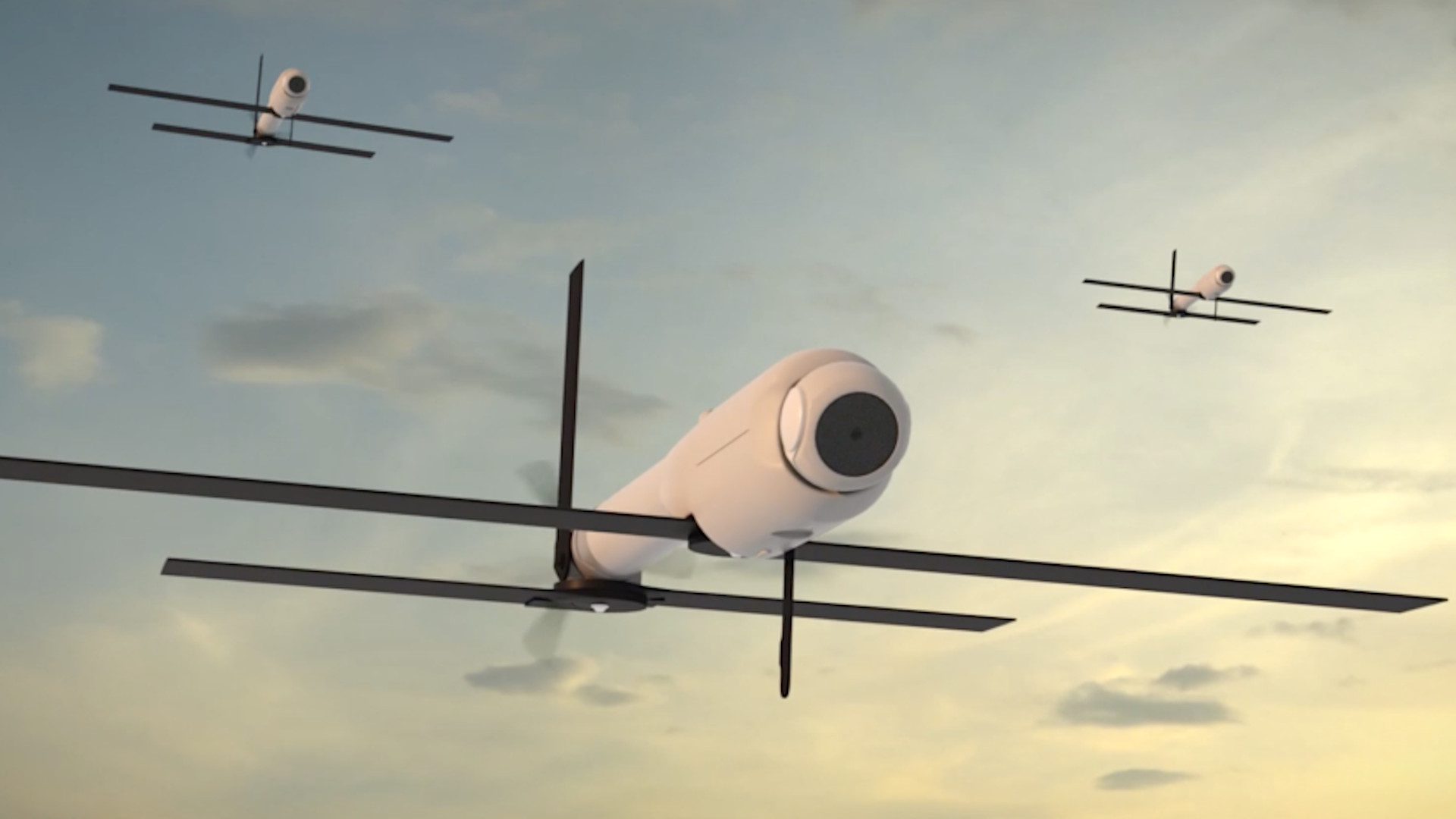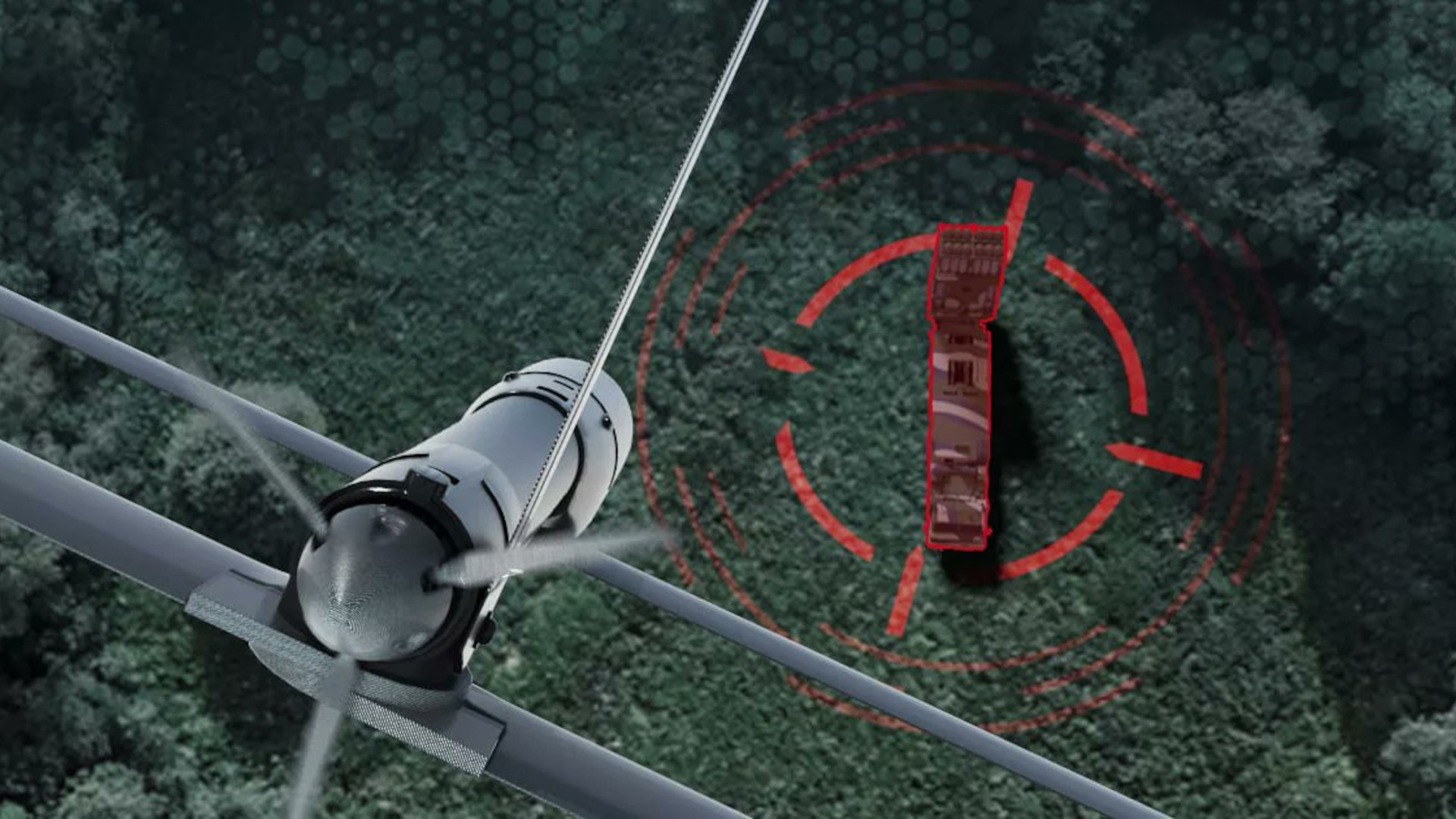The U.S. Army has awarded a massive contract valued at close to $1 billion to AeroVironment for the delivery of Switchblade-series loitering munitions, also known as kamikaze drones, over the next five years. This is part of a larger effort that the service has said is intended to help make its infantry units just as lethal as formations with tanks and other heavy armored vehicles amid a pivot to preparing for potential high-end fights, especially one against China in the Pacific.
The Pentagon first announced the Army’s $990,000,000 hybrid cost-plus-fixed-fee and firm-fixed-price contract to AeroVironment in its daily contracting notice yesterday, but provided only limited information. A company spokesperson has now told The War Zone that this new deal covers deliveries of both Switchblade 300s and 600s, but did not say how many of either type the Army is now set to receive. AeroVironment also said in a press release today that the contract is in response to what the Army currently calls its Lethal Unmanned Systems (LUS) Directed Requirement (DR), which was formalized in 2022.

“AV is proud to have been selected to provide Switchblade for this critical and urgent Army requirement,” Brett Hush, AeroVironment’s Senior Vice President and General Manager of Loitering Munition Systems, said in a statement today. “This latest contract underscores the unmatched maturity and effectiveness of our system, as well as AV’s strategic positioning to rapidly produce and deliver these cutting-edge solutions to operators in the field.”
“Starting with the LUS Directed Requirement, we are well positioned to meet the Army’s emerging needs, leveraging our robust production capability and supply chain capacity to ensure rapid fielding and enhanced combat overmatch for our soldiers,” Hush added.
AeroVironment has already been supplying Switchblade 600s to the Army under a contract it received in December 2023 as part of the Low Altitude Stalking and Strike Ordnance (LASSO) program, which is also tied to the LUS DR. The Army has also been getting additional help in buying Switchblade 600s through the Pentagon’s Replicator initiative. The U.S. military has been acquiring Switchblade 300s for years now, especially for use by special operations forces, as well.

The Switchblade 300 and the larger 600 model are both tube-launched loitering munitions that can be employed individually by dismounted personnel. A multi-round launcher that can be mounted on vehicles or other platforms is also available for the Switchblade 300, as seen in the video below.
Both Switchblade types have highly automated target engagement capabilities, as well as man-in-the-loop control functionality. The latter allows the operator to see the view through the drone’s onboard electro-optical and infrared cameras throughout its flight and provides the option for fine manual core course corrections right up until the moment of impact. This also gives the human at the controls the ability to retask the drone or abort its attack entirely. The cameras give the Switchblades a limited secondary surveillance and reconnaissance capability, as well. You can read more about these capabilities in this previous War Zone feature.
Current Block 20 versions of the Switchblade 300 can stay airborne for at least 20 minutes and, with the help of a range-extending antenna system, can reach targets up to (30 kilometers) away. A single one of these drones packed in an individual launch tube weighs just eight pounds and can be stuffed in a backpack.

The larger Switchblade 600 offers increased flying time and range with an endurance of at least 40 minutes and the ability to reach out to nearly 25 nautical miles (40 kilometers), or even further by handing off control to operators closer to the desired operating area. It also has the same warhead used in the shoulder-fired Javelin anti-tank missile, giving it hard-hitting anti-armor capabilities that the Switchblade 300 lacks.

As already noted, the Army and others within the U.S. military have already been buying Switchblades. For the Army, specifically, its huge new order for these kamikaze drones reflects a major push to field them in far greater numbers, especially within infantry units. Loitering munitions offer dismounted infantry formations, even at the lowest levels, valuable new ways to engage various kinds of targets well beyond the reach of traditional man-portable missiles, rockets, and similar weapons, and from the safety of cover.
On top of that, Switchblades will give those same units a new tool to actively hunt for, as well as engage, tanks and other targets miles away from the air. This is something in years past that would have required calling in close air support-capable aircraft.
“Infantry Brigade Combat Teams (IBCTs) lack adequate proportional organic capabilities at echelon to apply immediate, point, long range, and direct fire effects to destroy tanks, light armored vehicles, hardened targets, defilade, and personnel targets, while producing minimal collateral damage in complex terrain in all environmental conditions,” the Army said about the driving factors behind the LASSO program within the larger LUS DR effort in its 2025 Fiscal Year budget proposal released back in March. “The goal of the LASSO program is to make Infantry Brigades as lethal as Armored Brigades.”
“The capability enables precision engagement against near peer tanks, armored vehicles, dismounted formations, and reinforced/protected positions, provided the Soldier stand-off from enemy fires, significantly reducing risk to the Soldier,” the section on LASSO in the proposed Fiscal Year 2025 budget documents added. “Unlike existing direct and indirect fire weapon systems, LASSO’s discreet payload and unique capability delivers Soldiers the ability to abort against targets in a dynamic situation (e.g., use of human shields) or prosecute targets that would have been deemed non-viable in past due to the higher collateral damage associated with alternative munitions.”

Despite the large scale of AeroVironment’s new contract, the Army has already said that it expects Switchblades to be just one element of a larger LUS family of systems.
“We’re gonna have multiple variants and we’re gonna have competition. So, to meet the urgent need, we’ve gone sole source to a limited number of SB 600 [Switchblade 600], which is a very good system. But there’s a lot of companies in this space with a lot of good tech,” Doug Bush, Assistant Secretary of the Army for Acquisition, Logistics and Technology, said in an interview with DefenseScoop in December 2023. “So, we want to have really continuous competition because different companies have things that fit different parts of the mission space better.”
The U.S. Marine Corps is now investing heavily in new loitering munitions, as is America’s special operations community (which is where capabilities like Switchblade really started gaining traction first in the U.S. military), for many of the same general reasons as the Army. Kamikaze drones that can be air-launched and/or fired from ships and submarines, and employed against targets on land and at sea, also look set to become increasingly ubiquitous across the U.S. military.

This all reflects a broader surge in interest in loitering munitions around the world that is being driven in large part by observations from the ongoing war in Ukraine. The Ukrainian military’s arsenal includes Switchblade 300s and 600s. An expansive array of other kinds of kamikaze drones, including weaponized commercial types, are also in daily use on both sides of the conflict, which is having a transformative impact on the face of war globally.
Kamikaze drones, a category of weapons that has already been evolving for decades, are also a major feature in current crises across the Middle East and in and around the Red Sea.
For the U.S. military, loitering munitions could be especially critical in helping to provide the volumes of fire against targets right at the tactical edge and deeper behind the front lines that potential high-end conflicts will demand. In particular, there is ever-growing evidence that swarms of networked uncrewed systems in the air and down below could be a deciding factor in any future crisis across the Taiwan Strait. The U.S. military is now actively pursuing a strategy to help defend that island against an invasion from the mainland that involves turning the airspace and waters around it into a “hellscape” full of uncrewed platforms.
Deals like the one AeroVironment just got from the Army could be vehicles to help get kamikaze drones to allies and partners like Taiwan and Ukraine, too. The LASSO contract the company previously received already has a foreign military sales (FMS) component. The U.S. government also notably approved the potential sale of 720 Switchbalde 300s, as well as up to 291 ALTIUS 600M-V loitering munitions from up-and-coming defense contractor Anduril, to Taiwan in June, as you can read more about here.
So, while the Army awarding a nearly $1 billion contract to AeroVironment for Switchblade 300s and 600s is a huge development in of itself, it is also a sign of even bigger things to come for the entire U.S. military.
Contact the author: joe@twz.com
